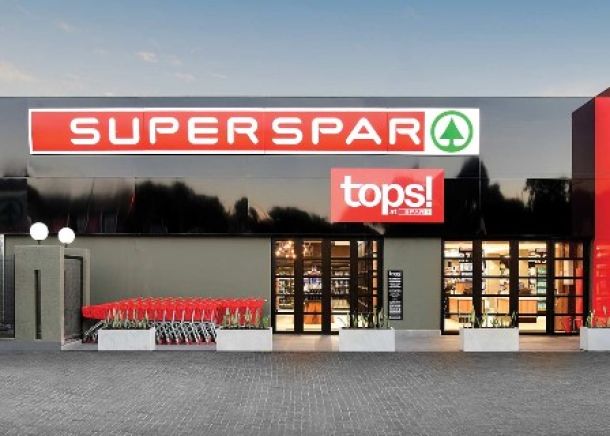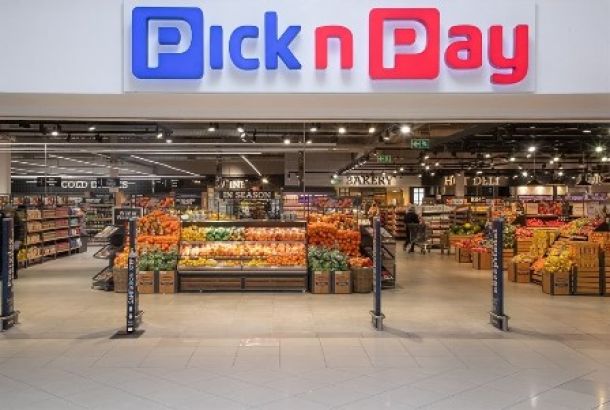Woolworths sales hit by load shedding and unseasonal weather
Woolworths on Thursday (20 February), reported a substantial drop in earnings for the 26 weeks ended 29 December 2019, leading to a reduced interim dividend.
The food and fashion retailer said that in South Africa the constrained economic environment, power outages, unseasonal weather in parts of the country, and underperformance in clothing led to a slower second quarter.
It noted that on a macro level growth remained weak in South Africa and well below potential, further impacted by load-shedding.
It added that 2019 retail sales growth averaged 1.2% – the weakest rate since 2009.
Group turnover and concession sales increased by 3.8% to R40.9 billion and adjusted profit before tax of R2.4 billion was down 12.3%.
Woolworths said that earnings per share and headline earnings per share decreased by 9.0% and 10.1% respectively.
Adjusted diluted HEPS decreased by 11.7% to 179.1 cents per share.
The group declared an interim gross cash dividend of 89.0 cents, a 3.3% decrease on the prior period’s 92.0 cents per share.
Group turnover and concession sales for the 26 weeks ended 29 December 2019 increased by 3.8% compared to the 26 weeks ended 23 December 2018 and by 4.6% in constant currency terms.
Woolworths Fashion, Beauty and Home (FBH)
Sales and comparable store sales both grew by 2.2% and by 0.9% after adjusting for the shift in trading weeks. Price movement in Fashion categories was 4.0% and overall net space growth across FBH was 1.2%.
Woolworths said that its Black Friday performance was disappointing “due to under-participation”. It said that womenswear underperformed as a result of some product failure, a lack of newness in summer and higher price points, which also impacted sales and volumes.
Gross profit margin decreased by 0.5% to 46.6% mainly due to stock write-offs as South African brands exit the Australian market. Expenses grew by 4.8%, while store costs increased by 3.7%, resulting in negative operating leverage.
Operating profit decreased by 8.9% to R834 million, with an operating margin of 11.5%.
Woolworths Food
Turnover and concession sales increased by 8.1%, and by 7.8% after adjusting for the shift in trading weeks, with comparable-store sales 5.4% higher and price movement of 5.1%.
The business has maintained positive volume growth for the period and continues to grow market share, the group said. Net space growth was 4.0%.
Gross profit margin of 24.6% was in line with the prior period despite further price investment.
Expenses grew by 8.5% and operating profit increased by 8.0% to R1,157 million, with an operating margin of 6.9%.
Woolworths Financial Services
The Woolworths Financial Services book reflected positive year-on-year growth of 8.3% as at the end of December 2019. The annualised impairment rate for the six months ended 31 December 2019 was 3.3% (six months ended 31 December 2018: 3.2%).
Looking ahead, Woolworths said that in South Africa, consumers remain under pressure from a weak economy amid continued power outages.
FBH will focus on improving performance through better pricing and ranges, particularly in womenswear, it said. Food is expected to continue to trade ahead of the market, the group said.
“Online is an increasingly important channel for the group and we continue to invest in this growth driver,” it said.
In South Africa, the group reported online sales up 29. 5% for its FBH division, with strong online sales growth, up 22.3%, for food.
Woolworths warned that the Coronavirus is expected to impact sourcing of FBH product.
News Category
- International retailers
- On the move
- Awards and achievements
- Legislation
- Wine and liquor
- Africa
- Going green
- Supplier news
- Research tools
- Retailer trading results
- Supply chain
- Innovation and technology
- Economic factors
- Crime and security
- Store Openings
- Marketing and Promotions
- Social Responsibility
- Brand Press Office
Related Articles

SPAR suffering from a hangover

Pain for Pick n Pay

Pick n Pay disaster

Pick n Pay feels the pain – expects over R3 bil...




